If you own a 5G-capable smartphone — which are all of the best phones today — there’s a good chance you’ve seen different 5G network icons showing up in your status bar. It’s a stark contrast to the pre-5G days when your phone showed “4G” or “LTE” no matter where you went.
It can get a bit confusing to see a 5G indicator one moment and then “5G UC” or “5G UW” the next. It’s not something you need to worry too much about, as you don’t usually have much control over it, but it’s still helpful to understand what these different symbols mean — and why they matter.
The humble beginnings of 5G

The world of 5G technology is a bit more complicated than the 4G/LTE and 3G networks that came before since it covers a much wider range of frequencies. While the earlier cellular technologies also ran on multiple frequencies, they generally stayed in the same ballpark.
For example, 3G and 4G/LTE services typically ran in the 600MHz (0.6GHz) to 1.9GHz spectrum. Some deployments went slightly beyond that — as high as 2.3GHz on AT&T and 2.5GHz on Sprint — but those were less common.
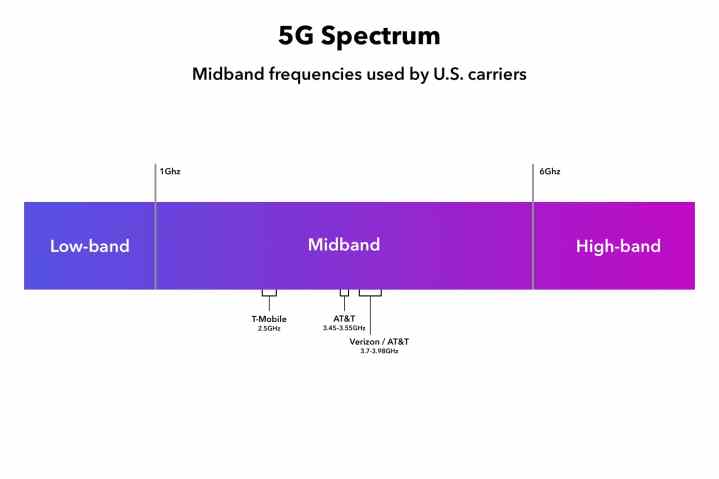
By comparison, 5G runs the gamut from the same low-band spectrum used by 4G/LTE to the extremely high frequency (EHF) 27GHz–39GHz spectrum — and there’s every indication newer 5G deployments could go even higher.
Combined with the advances pioneered by 5G technology, these additional blocks of the spectrum offer unique advantages and disadvantages. These weren’t a factor in 4G/LTE network deployments since they all used the same low-band spectrum.
Put simply, lower frequencies offer significantly better range and coverage than higher ones but don’t offer as much capacity or bandwidth. If you’ve ever tried to set up a Wi-Fi router in your home, you may have already encountered this on a smaller scale: 2.4GHz Wi-Fi travels farther and penetrates solid objects more effectively than 5GHz Wi-Fi, but it’s not nearly as fast and can’t handle as many devices.
Radio frequencies have always been a limited resource. The Federal Communications Commission (FCC) allocates and licenses spectrum for each carrier. The big three carriers — AT&T, T-Mobile, and Verizon — have always jockeyed for position to get enough spectrum for their needs, but most of those licenses for the lower-band frequencies used by 3G and 4G/LTE were issued years ago.
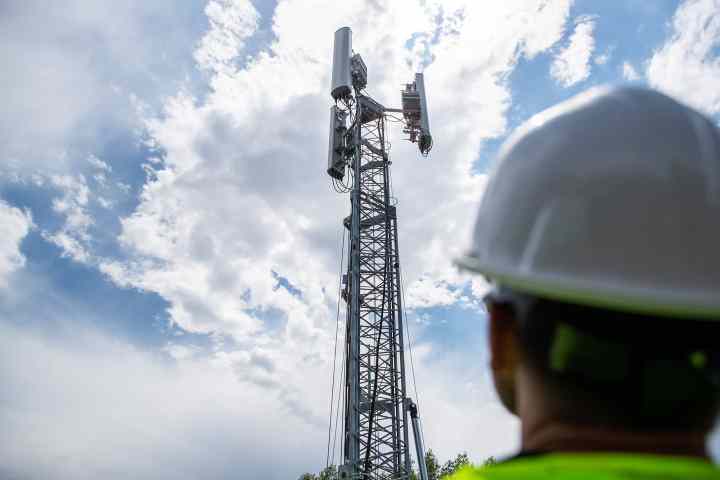
Five years ago, T-Mobile and AT&T began their rollouts using this low-band spectrum they’d already licensed for 5G. Verizon went in the opposite direction, betting on the much higher mmWave 5G spectrum that could deliver incredible speeds at very limited ranges.
T-Mobile was the first carrier to boast 5G coverage in all 50 U.S. states, but it accomplished this by using low-band 600MHz frequencies, which reach far and wide but don’t offer a lot of bandwidth compared to older 4G/LTE technologies. Still, that turned out to be a smart choice, as T-Mobile was able to light up the 5G icon on many more of its customers’ smartphones; by contrast, Verizon’s decision to focus on mmWave 5G left 99% of its customer base stuck on older 4G/LTE services.
How 5G UC began

As the potential for 5G to revolutionize global communications became more apparent, the FCC began to reallocate and open up some new midrange spectrum capable of handling more 5G traffic and delivering faster speeds.
This started a new turf war between the carriers. They not only had to bid to get their hands on the new spectrum but also had to deploy it more quickly to beat out their rivals in building better 5G services in hopes of attracting more customers.
It wasn’t enough merely to deliver better 5G services. The carriers had to make sure their customers knew that they were getting the best possible speed and coverage. This led to each carrier developing its own brand of enhanced 5G. After jumping the gun with its misleading 5G E network — which wasn’t actually 5G at all — AT&T went with 5G Plus (5G+) for its real 5G network. Meanwhile, Verizon used 5G Ultra Wideband (5G UW), and T-Mobile called their enhanced network 5G Ultra Capacity (5G UC).
So, exactly what is 5G UC?
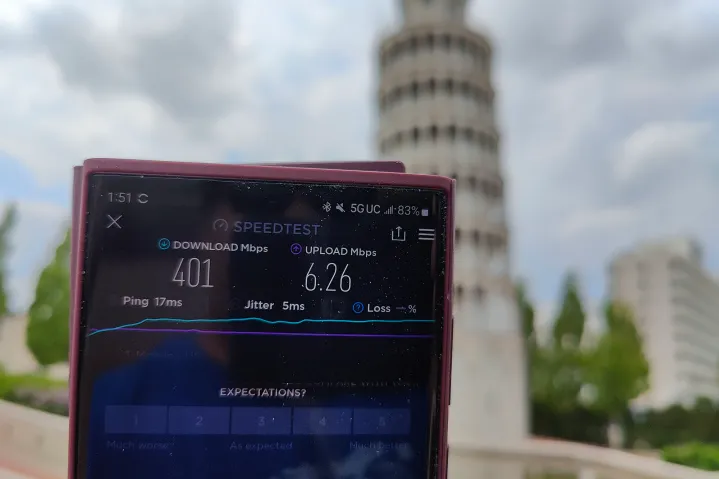
5G Ultra Capacity is T-Mobile’s brand name for its mid-band and high-band 5G network, which mostly runs on 2.5GHz frequencies, with 24–39GHz used for extra capacity in some denser areas. This differs from T-Mobile’s Extended Range 5G, which runs exclusively on the lowest 600MHz frequencies.
This enhanced 5G service is represented on most smartphones by a “5G UC” icon, although that’s not always the case; since the mobile phone’s operating system has to support the icon, you may not see it if you’re using an older iPhone or Android device. If your phone does support the 5G UC icon, then an unadorned 5G icon indicates you’re using the slower Extended Range 5G.
This enhanced 5G service is represented on most smartphones by a “5G UC” icon.
T-Mobile’s enhanced 5G branding also came later than its rivals. While Verizon began offering up a 5G UW icon with the release of the first 5G-capable iPhone lineup in late 2020, T-Mobile didn’t offer its custom icon until a year later, starting with iOS 15 in September 2021 and later expanding to other smartphones as Android updates rolled out with the new icon.
Note that T-Mobile’s 5G Ultra Capacity network began much earlier; it just took longer to add a custom icon for it. Even before September 2021, many T-Mobile customers were still taking advantage of enhanced 5G services — they just didn’t have a special icon to show it.
Some of the carriers also have brand names for their lower-band non-enhanced 5G services: Verizon’s is 5G Nationwide, while T-Mobile uses “5G Extended Range.” Only AT&T uses plain “5G,” which fits since its enhanced network is called “5G Plus.”
A mix of mid-range and C-band
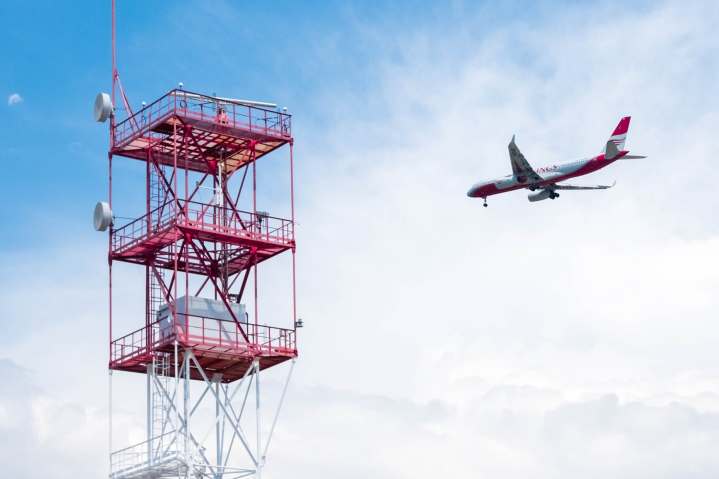
Although the carriers each use unique brands for their enhanced 5G services, they all mean essentially the same thing. When they appear, they indicate your device is using the faster mid-band and high-band 5G frequencies.
What’s somewhat ironic is that T-Mobile’s 5G UC branding came so much later than Verizon’s and AT&T’s, as T-Mobile had a healthy head start over its rivals; its mid-band 5G network was in place well over a year before the others could even switch on their first mid-band 5G towers.
The FCC auctioned off the first new mid-band spectrum, dubbed C-band, in early 2021. This covered the 3.7–3.98GHz range, and it turned out to be somewhat controversial due to its close proximity to aircraft frequencies. As a result, even after dropping billions of dollars to acquire this spectrum, AT&T and Verizon found their plans frustrated by having to contend with fears from the aviation industry.
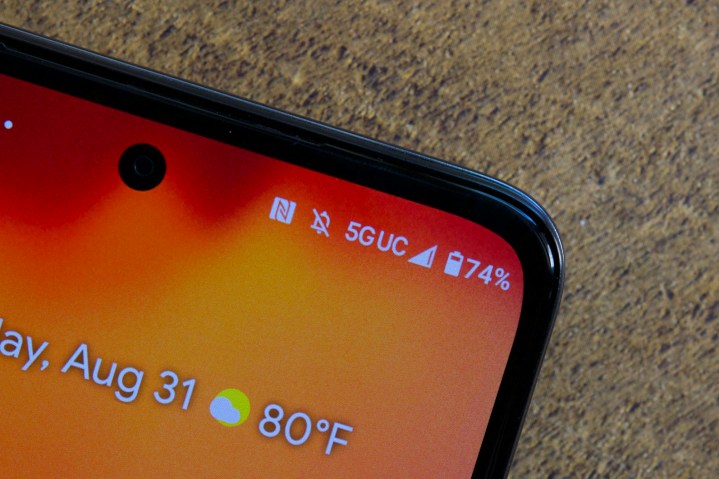
Meanwhile, T-Mobile had an ace up its sleeve. Thanks to its 2020 merger with Sprint, it was able to score licenses for the 2.5GHz spectrum the other carrier had used for its 4G/LTE deployments and some of its early 5G networks. T-Mobile wasted no time decommissioning these Sprint towers and repurposing that spectrum; it officially launched its 5G Ultra Capacity network in Philadelphia only three weeks after the merger closed.
While 5G Ultra Capacity still runs primarily on the 2.5GHz frequencies, it also includes some higher mmWave frequencies in the mix, specifically bands n258, n260, and n261, which cover 24GHz, 39GHz, and 28GHz, respectively.
However, unlike Verizon, T-Mobile uses these mainly to provide coverage in venues like stadiums, concert halls, and airports where large numbers of subscribers are more likely to congregate. For T-Mobile, mmWave is about capacity, not speed; the carrier has more creative ways of achieving multi-gigabit speeds using longer-range mid-band frequencies.
T-Mobile also paid $9.3 billion to acquire some 3.7GHz C-band spectrum in the 2021 auction. This hasn’t gone live yet, but the carrier plans to use this additional spectrum to enhance its primary 2.5GHz coverage in denser population centers since the higher frequencies offer more capacity without sacrificing too much range.
More recently, the carrier has also repurposed some older 1.9GHz PCS spectrum for its 5G UC network. These frequencies were used for 2G and 3G services by T-Mobile’s predecessor, VoiceStream Wireless PCS, and had been maintained for backward compatibility. However, as we bid farewell to the last 3G networks, these frequencies are getting freed up for 5G use.
Today, T-Mobile boasts Ultra Capacity 5G coverage for over 260 million people — over 75% of the U.S. population. The carrier plans to expand that to 300 million by the end of 2023.
How 5G UC compares to the competition
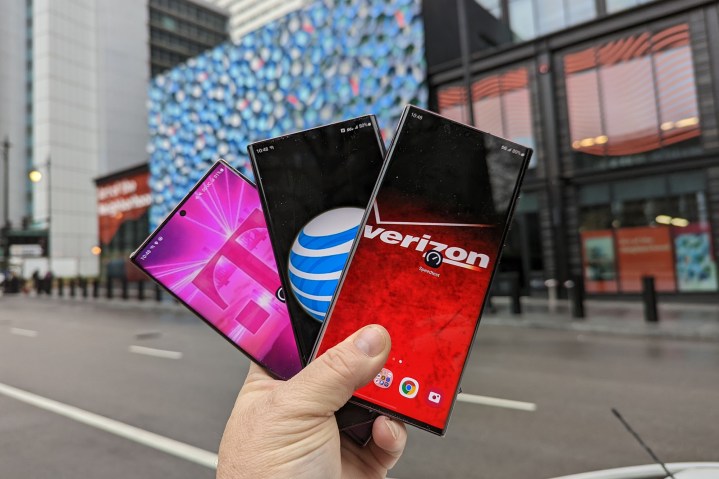
The above numbers mean that T-Mobile’s customers are much more likely to see a 5G UC icon on their phones than Verizon and AT&T customers.
Verizon’s original 5G Ultra Wideband network included only mmWave coverage, and getting a 5G UW icon was like panning for gold. However, in early 2022, Verizon finally got the go-ahead to switch on the C-band spectrum it had spent $45 billion to acquire. This became part of its 5G UW network, expanding that service’s coverage to 100 million people in 1,700 cities. Before that, 5G UW was limited to the core downtown areas of about 82 cities.
AT&T has taken a considerably slower and more conservative approach, rolling out its 5G Plus service to only a handful of cities. It seems AT&T may simply be biding its time; while it dropped $23 billion in the initial 2021 C-band auction, it also grabbed a less controversial slice of the pie: 40MHz of spectrum in the 3.45–3.55GHz range that won’t make the aviation industry nervous. It’s expected to begin taking advantage of that sometime this year.
Nevertheless, T-Mobile still has a massive lead, thanks to its two-year head start and aggressive stance on deploying 5G services. To be clear, it’s not that T-Mobile’s network offers inherently faster performance — you’re likely to find your download speeds the same whether you’re on T-Mobile’s 5G UC or Verizon’s 5G UW — but rather that T-Mobile has four times the coverage.
Statistically, this pushes the carrier’s scores up dramatically when it comes to average download speeds across the nation — it’s the leading carrier by a healthy margin in 46 states. However, there’s more to this than just statistics; T-Mobile customers are much more likely to stay on the carrier’s 5G UC network and thereby enjoy these fastest 5G speeds much more often than those on Verizon and AT&T.
Editors' Recommendations
- Have an Android phone? You can get unlimited 5G service for free
- T-Mobile still has the fastest 5G, but its rivals are catching up
- T-Mobile’s huge lead in 5G speeds isn’t going anywhere
- Your Verizon plan just got a major overhaul — here’s what’s new
- Netgear’s new M6 Pro router lets you use fast 5G anywhere you go




